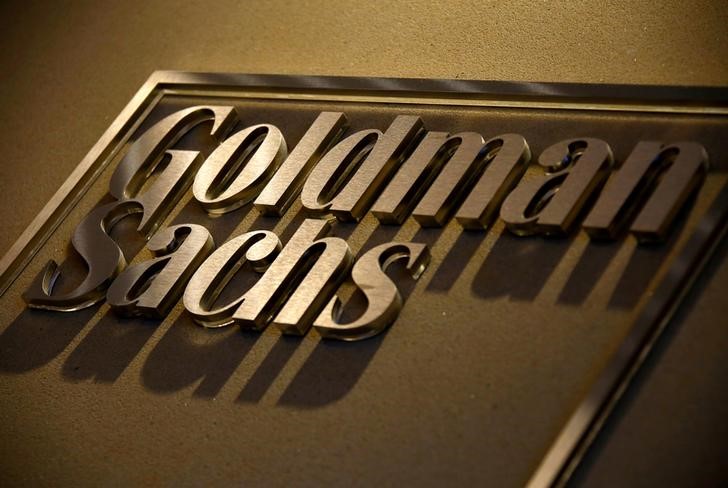By Niket Nishant and Manya Saini
(Reuters) – The tepid reception to Venture Global’s ambitious valuation target shows companies need to set realistic expectations when going public, Wall Street analysts said, and could be a signal that the recovery in new offerings may be a cautious one.
Touted as the first blockbuster listing of 2025, the LNG exporter was initially aiming for a price tag as high as $110 billion, only to settle for 45% lower when it eventually sold shares in the IPO on Thursday.
“Even with the improved market sentiment we’ve seen, investors are going to continue scrutinizing deals carefully,” said IPOX CEO Josef Schuster.
“They aren’t broadly willing to pay over-valued companies when there are readily available market comparisons.”
Venture Global’s IPO price of $25, the mid-point of the $23 to $27 range, was 7.67 times its adjusted tangible book value, according to a Reuters calculation.
Rival Cheniere trades at 10.55 times its book value in 2024, according to LSEG data, and has a market value of $52.6 billion.
The pushback against Venture Global’s initial target came as sort of surprise, as it seemed to have a few factors going for it: demand for natural gas worldwide and a desire for more fossil-fuel production from new U.S. President Donald Trump.
The LNG firm’s contract dispute with some of its customers may also have prompted it to temper expectations after meeting resistance from investors.
“Venture Global was proposing a high absolute market cap than the closest peer. It’s also possible that the legal issues turned off some investors or made them comfortable pushing back on valuation,” said Nicholas Einhorn, vice president of research at Renaissance Capital.
The investor skepticism also points to the challenges of pushing for maximal valuations when the markets are already staring at several risks, such as fewer interest-rate cuts than expected and the potential fallout of tariffs proposed by President Trump.
“There are layers and layers of uncertainty,” said Michael Bayer (OTC:BAYRY), CFO at Wasabi Technologies and adjunct lecturer at Babson College.
While an underwhelming performance from Venture Global could be a hiccup, it is unlikely to halt the IPO plans of major technology companies lining up to go public, such as Swedish payments firm Klarna and fintech giant Chime.
“I expect Venture Global’s IPO to have little bearing on the prospects for this year’s robust pipeline of tech and venture capital IPOs,” said Michael Ashley Schulman, partner and CIO at Running Point Capital Advisors.
A renewed risk-on sentiment and progress in bringing inflation down to the Federal Reserve’s 2% target may also be tailwinds.
“Companies with strong fundamentals, a compelling growth narrative and transparency in their financial and operational performance can still find success in the public markets,” said Mike Bellin, IPO services leader at PwC U.S.










